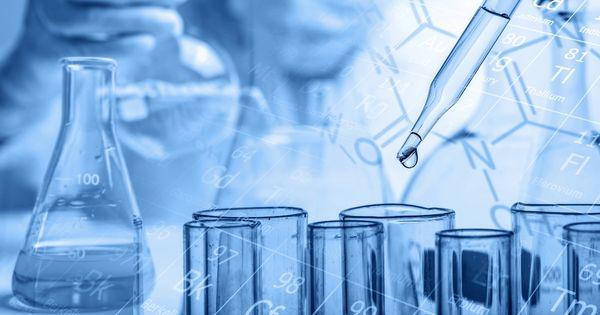
The distinctive size, shape, and physical attributes of manufactured pharmaceuticals are significant for compliance with consumer health and safety regulations. All the while, chemical purity is the most vital aspect of pharmaceutical substances and their comprehensive quality.
The classification of impurities in drug products depends on their origin materials or processes. Curious about the different sources of impurities commonly found in pharmaceutical forms? Uncover the main differences between these types in our guide to organic impurities vs. inorganic impurities.
Organic Impurities: Starting Materials or Intermediates
Most forms of pharmaceutical substances are synthetic organic chemical compounds. The majority of the impurities existing in pharmaceuticals result from multi-step organic chemical synthetic routes during the manufacturing process. For this reason, organic impurities are often process-related or drug-related residual solvents.
In these synthetic active pharmaceutical ingredients, organic impurities can be the initial starting materials, manufactured by-products or intermediates, or degradation products from adulteration. Any organic impurity that arises must be examined closely for chemistry and safety purposes, as the number and variety of possible structures are limitless and often unknown.
Inorganic Impurities: Residual Reagents and Catalysts
Unlike organic impurities, inorganic impurities refer to trace-level reagents, ligands, and catalysts used or formed during chemical reactions. Heavy metals, varying residual metals, and inorganic salts complete the list.
While these types of chemical impurities are less common than organic, they may still pose a problem for pharmaceutical purity standards after the completion of the manufacturing process. Attaining chemical purity is only possible when known and identified impurities are minimally present at a level less than or equal to a determined limit.
The Importance of Quality Synthesis Services
The control of these assorted classifications of pharmaceutical impurities remains an issue of great importance when taking a quality product to the market. Even trace amounts of these undesired components can affect the safety and overall efficacy of drug products for patients. Since potential impurities are most likely to actualize during the synthesis, formulation, purification, or storage of a substance, quality processes are essential.
No matter the reason for their presence, unwanted impurities can be prevented by achieving excellence during each stage of the development and production process. Whether impurities are of organic or inorganic materials—or solvents other than pharmaceutical forms or ingredients—quality audits and monitoring standards are key to avoiding potential hazards or side effects.
As a contract development and manufacturing organization, Moravek offers custom synthesis services to support medical research and clinical trials around the world. Contact us today to learn more about our tailored campaigns to meet specific regulatory requirements for quality assurance.
